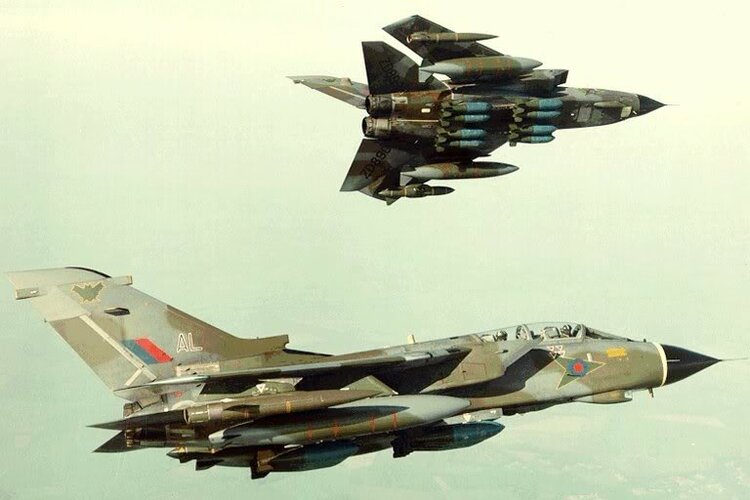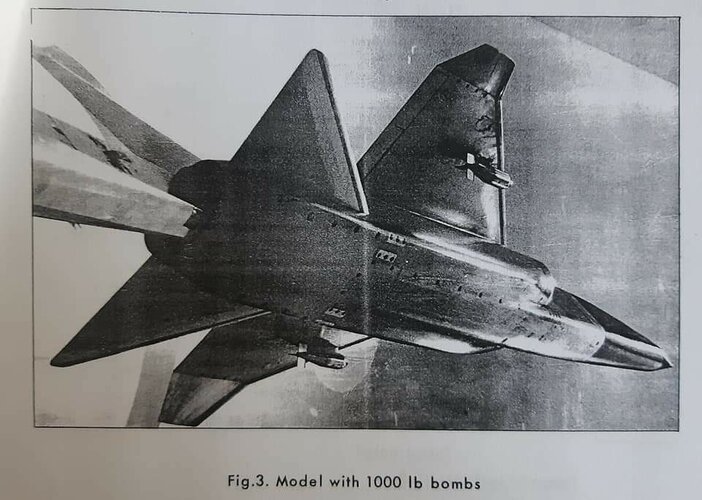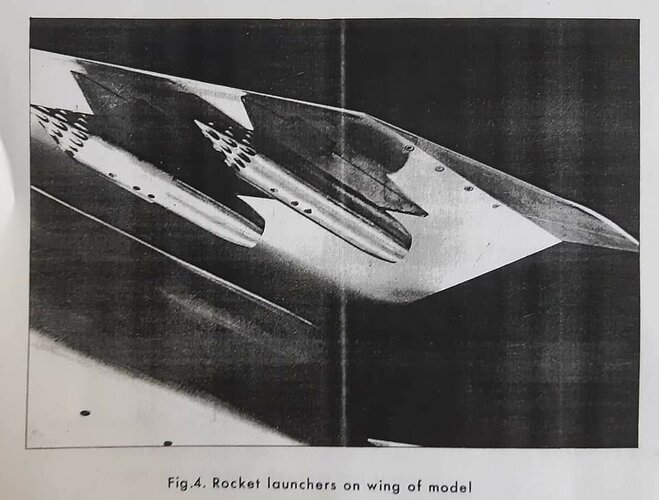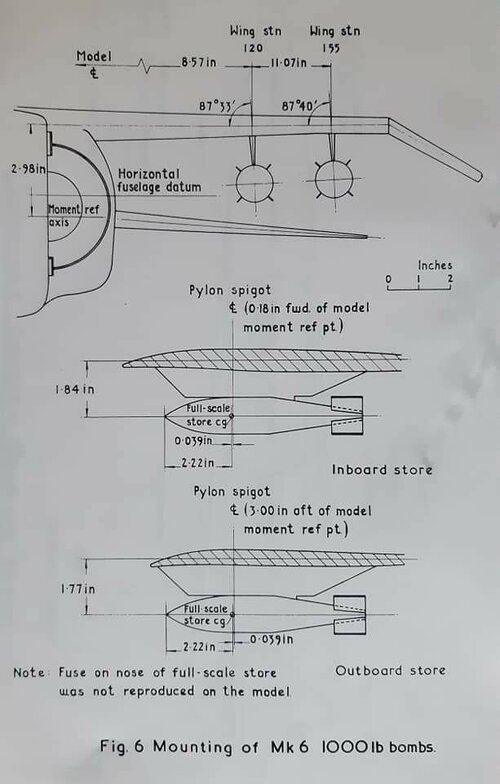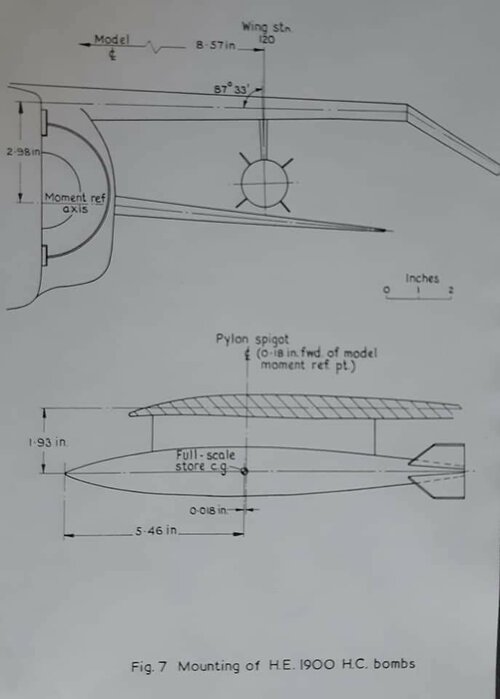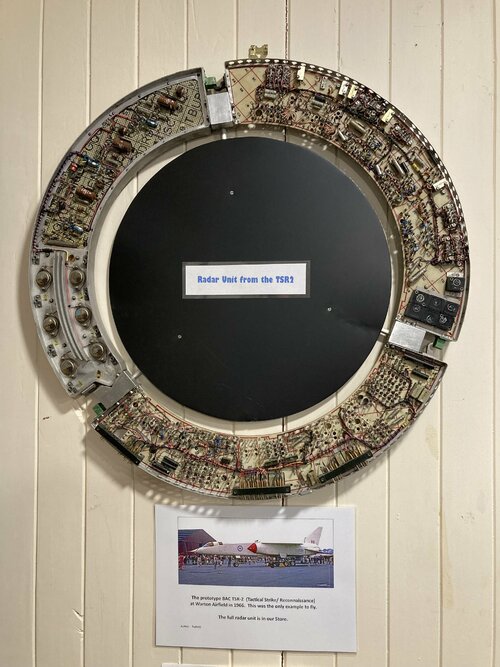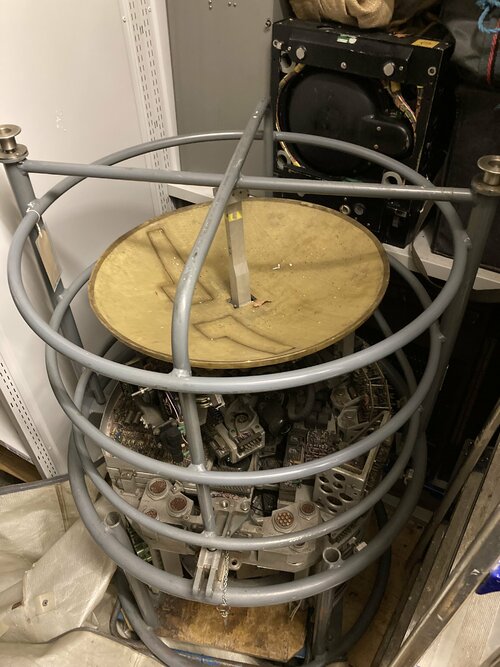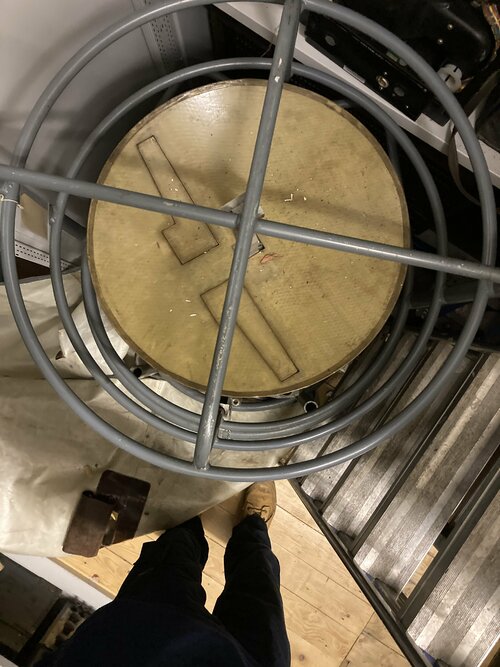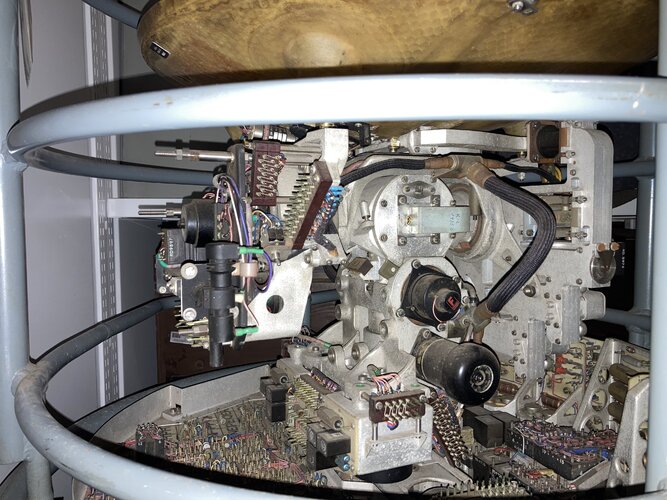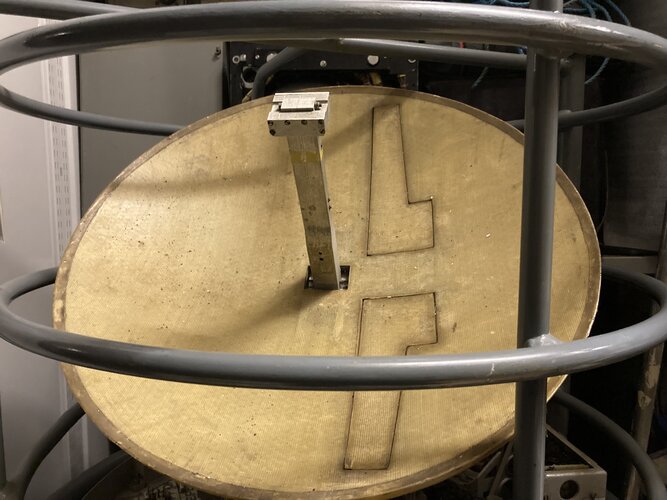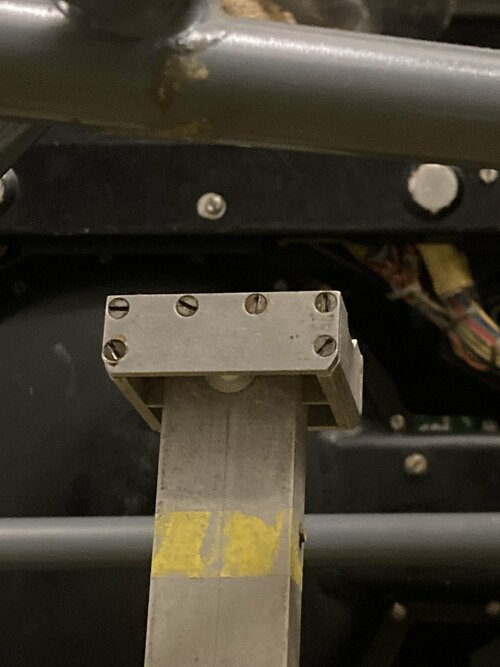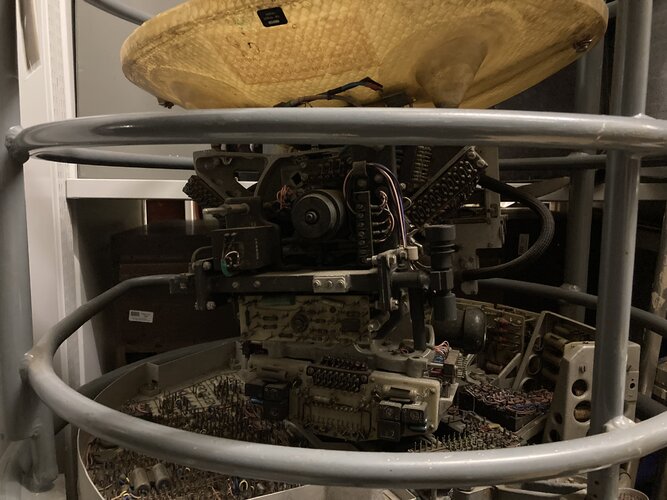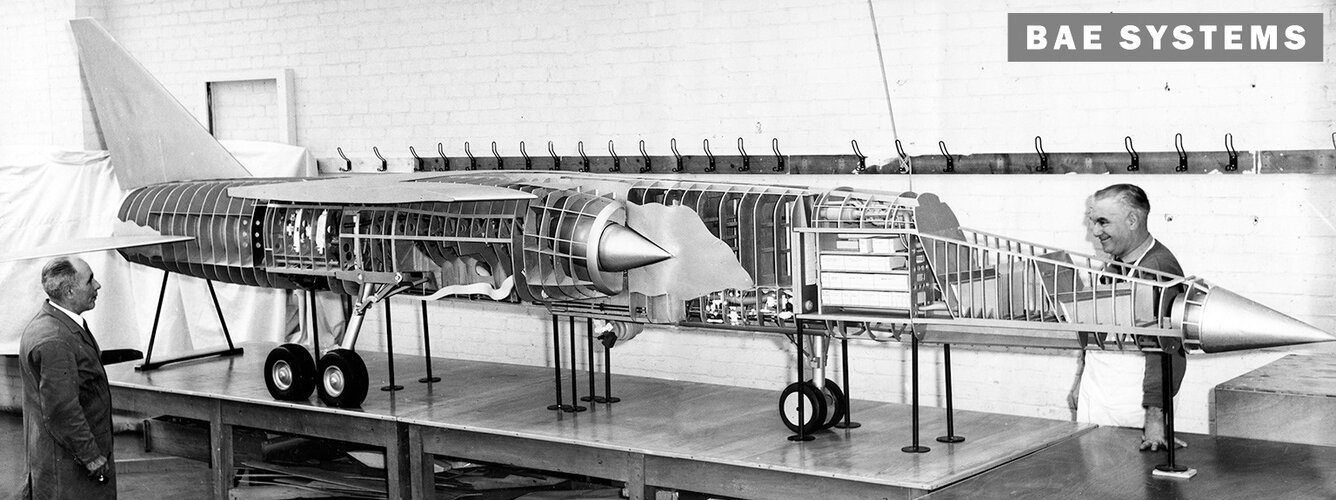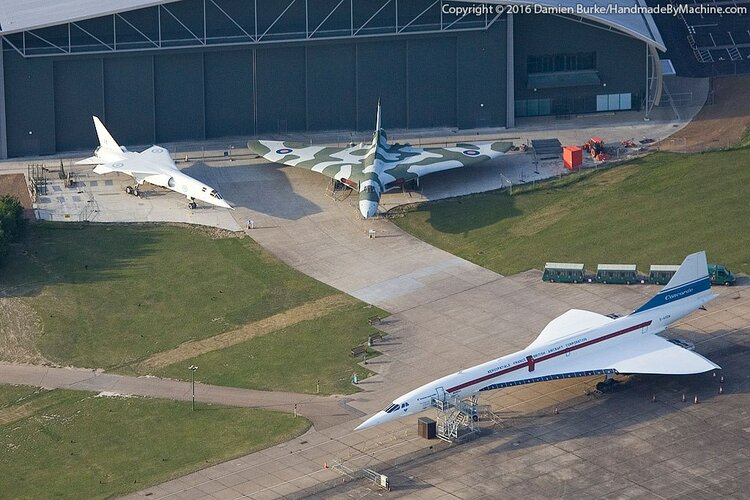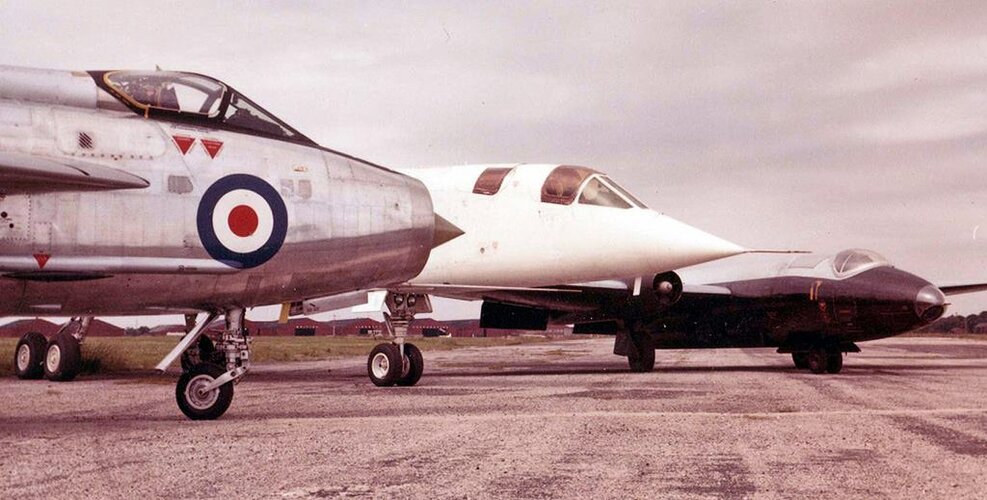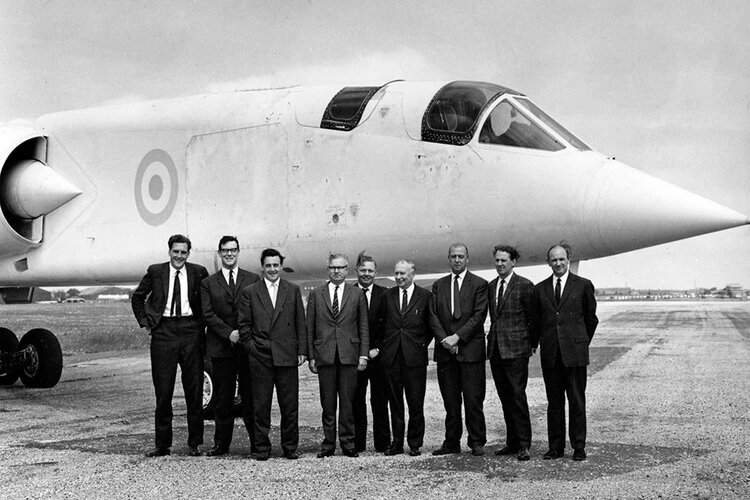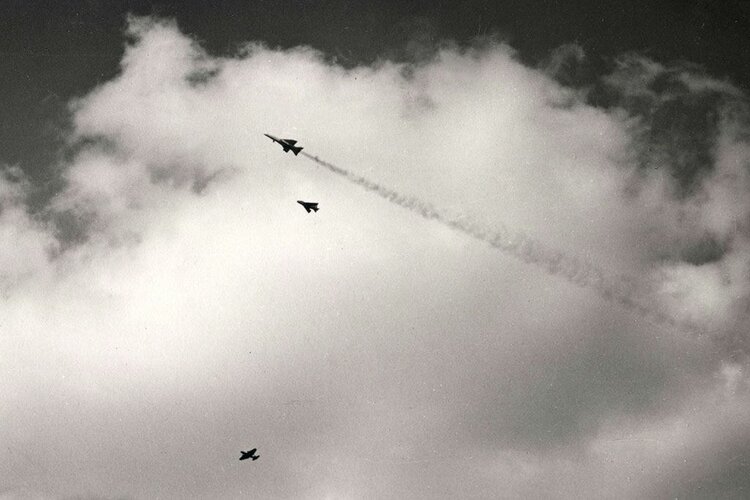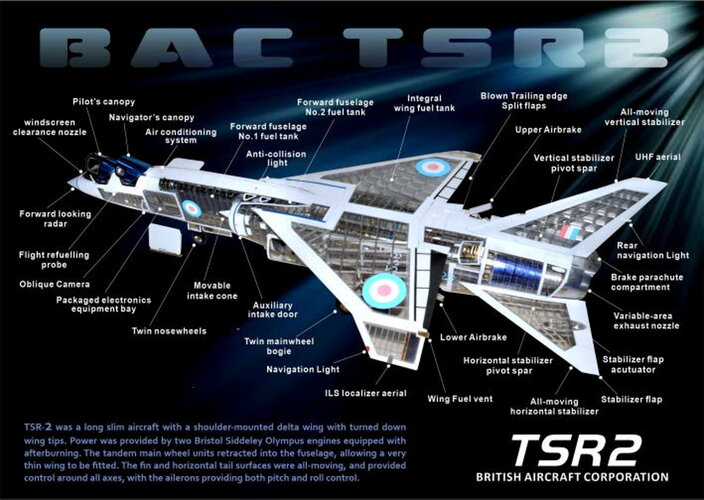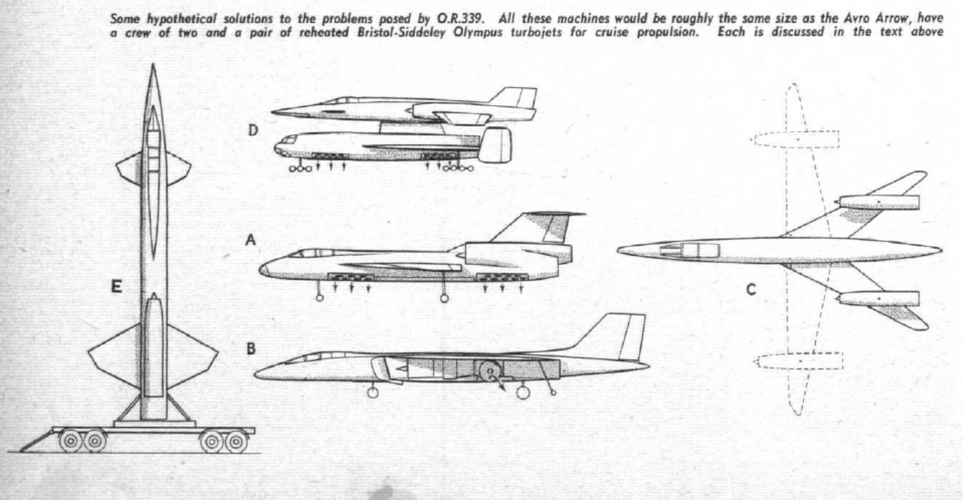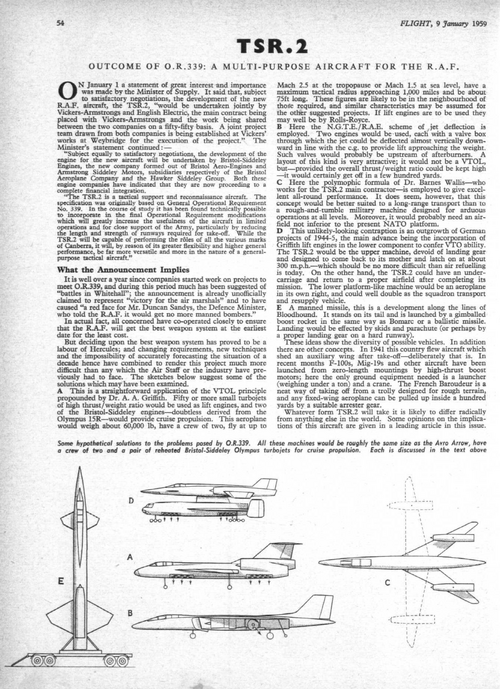MBF: RAF Medium Bomber Force {V-Bombers}; TBF: RAF Tactical Bomber Force (here, AW wef '59); SMF: RAF Thor Missile Force; SIOP: USAF/SAC+USN/SSBN(+MBF) Single Integrated Operational Plan; SSP: NATO Saceur's Scheduled Strike Program (unkto me: how these 2 meshed for deconfliction).
Sources: academic Works by P.Hennessy, R.Moore, K.Stoddart, M.Jones, H.Wynn, J.Walker/RUSI, laid by me against A/c and Squadron published data: that required some extrapolation, even assumptions, so is open to your flak. The politics come from Memoirs and narrative Histories. Forum Member bri has nuclearweaponsinfo which must be digested before delving deeper into UK AW: all there is Evidenced.
25/3/57:
PM Mac+Pres Ike: Bermuda, Defense Collaboration Agt, so:
24/7and
8/8/57: UK/US CAS
MoU, AW ops.
2/7/59:
TBF opnl. on Mk.7, 48 Bombs at Coningsby, 48
SSP targets, 4 Sqdns Canberra B.6 (though
K.Darling,RAF Strike Command, C’mate, 2012, P.32 has only 9/12 Sqds (so 32 a/c) LABS-capable).
8/60: RAF in SIOP Joint Planning Staff/Omaha, so
MBF (and Thor
SMF) in:
1/7/61: SIOP-62
13/7/61:
SSP becomes 24 Valiant,
ea. 2xMk.28; 1/ 4/63: 2xB-43
23/5/63: all UK-based AW is assigned to Saceur ("save where supreme national interests are at stake"
A.Pierre,Nuc.Politics,OUP,72,P.291)
Cracked wing, so grounding of Valiant was 9/12/64 (QRA to 26/1/65).
PM Wilson+SoS/Def Healey were in DC talking Defence and $ to
LBJ and
SecDef McNamara. Maybe
PM asked
Healey where the wing of TSR.2 was designed. Supremely ill-timed when F-111K was on offer,
McNamara talking of buying 3,000.
Marham's B-43s went into USAF/SAC, USAFE inventory (inc the F-100D Wings). PM saw this as "an opportunity for a financial saving".
What we (I) don't know is the practical effect of moving
MBF 23/5/63 from
SIOP to
SSP. Almost exactly when Valiant bade farewell so did USAF/SAC's B-47E rotations through UK (last left 31/3/65), Spain, Morocco, with activation of Minutemen 1A ICBMs. Academic Studies trace erosion of UK AW targets from >100 to, eventually, Moscow. Some have asserted not dual- but multiple-targeting, USN/USAF/RAF.

